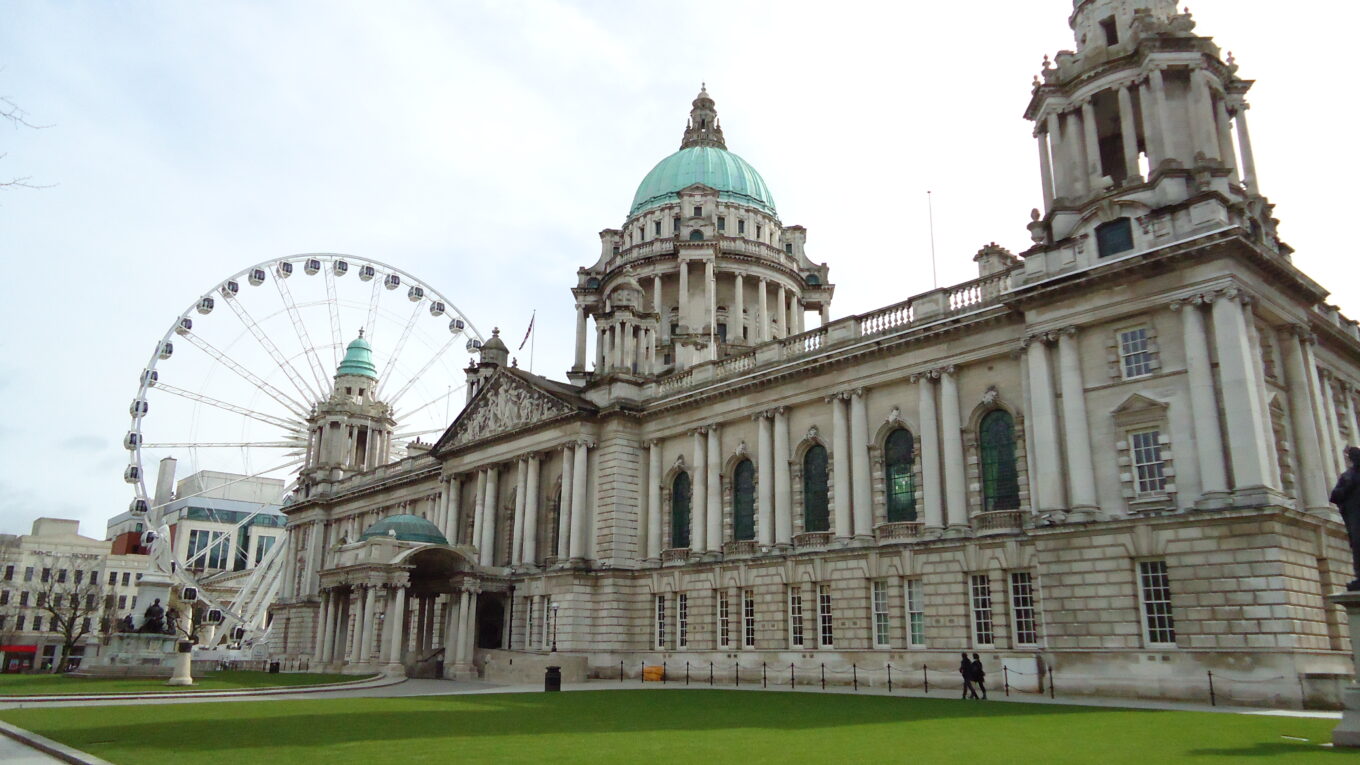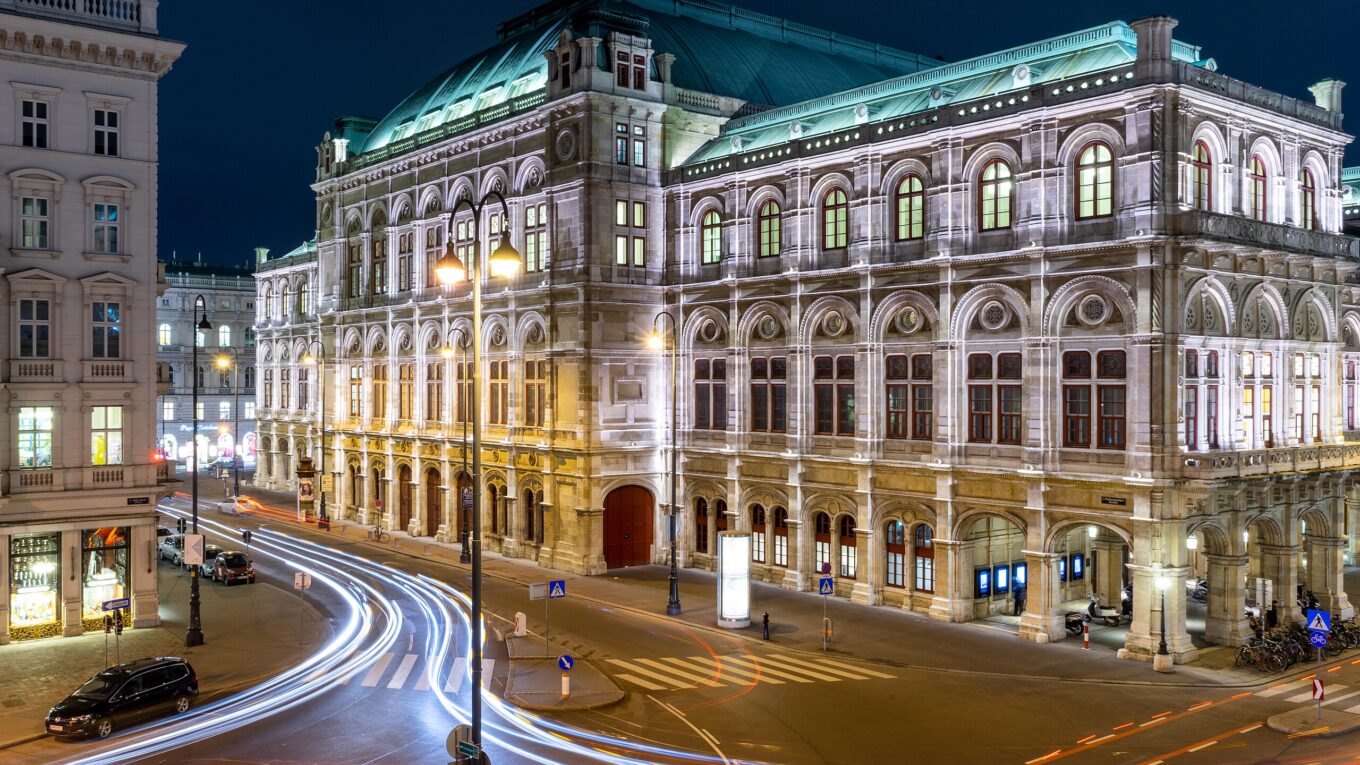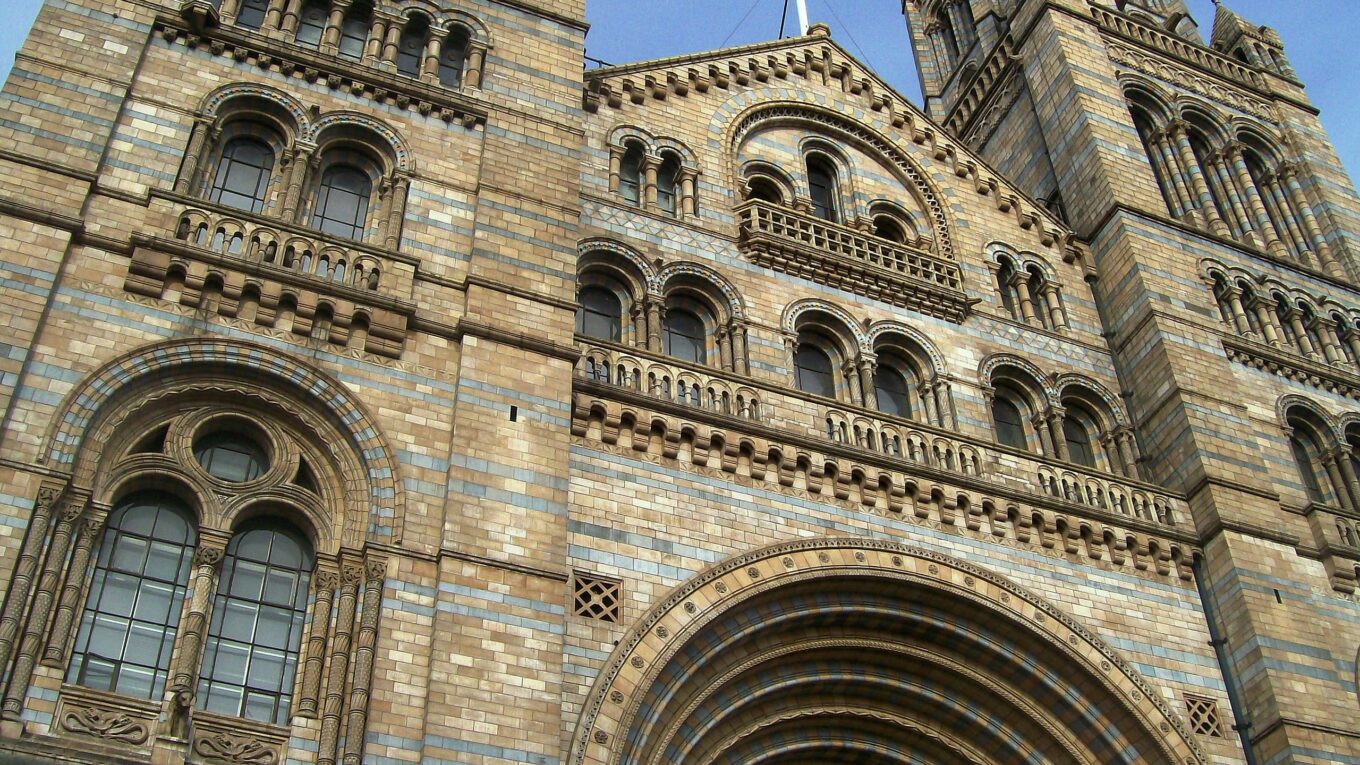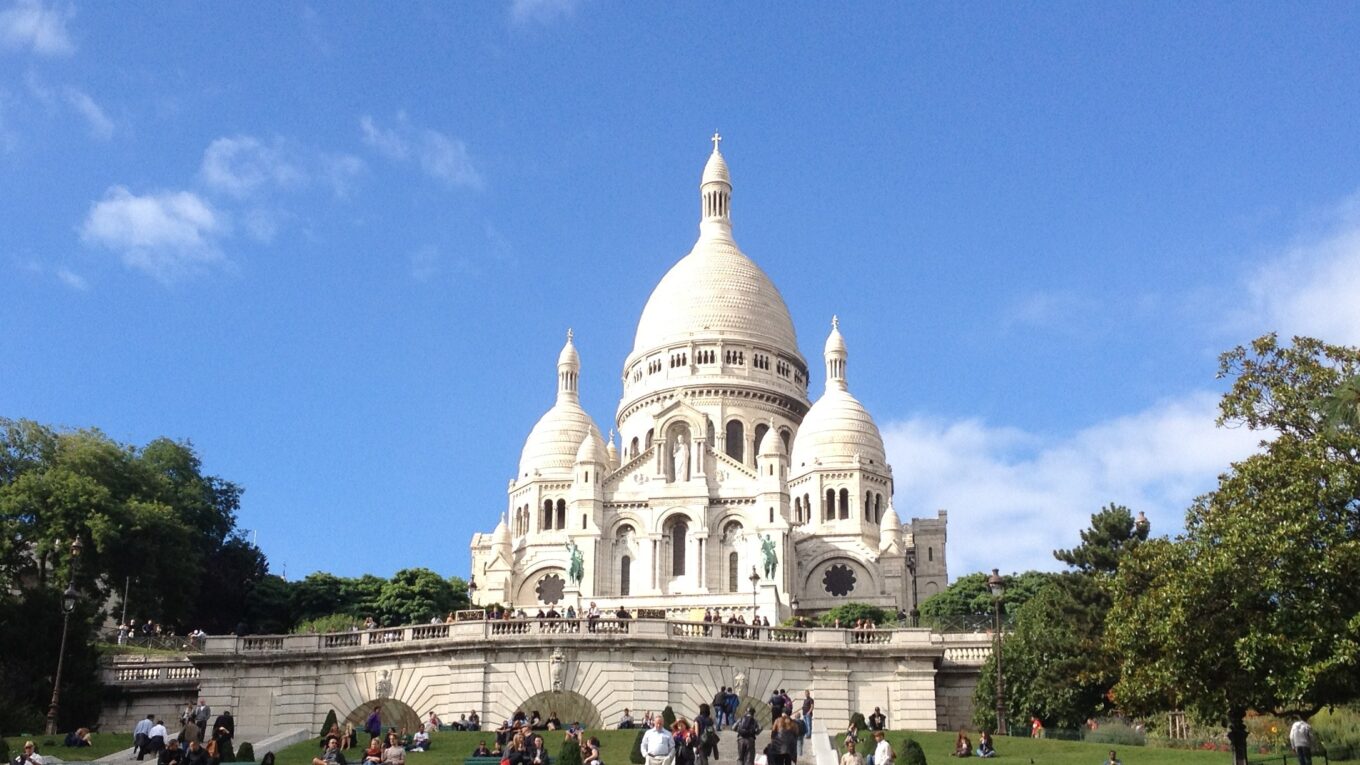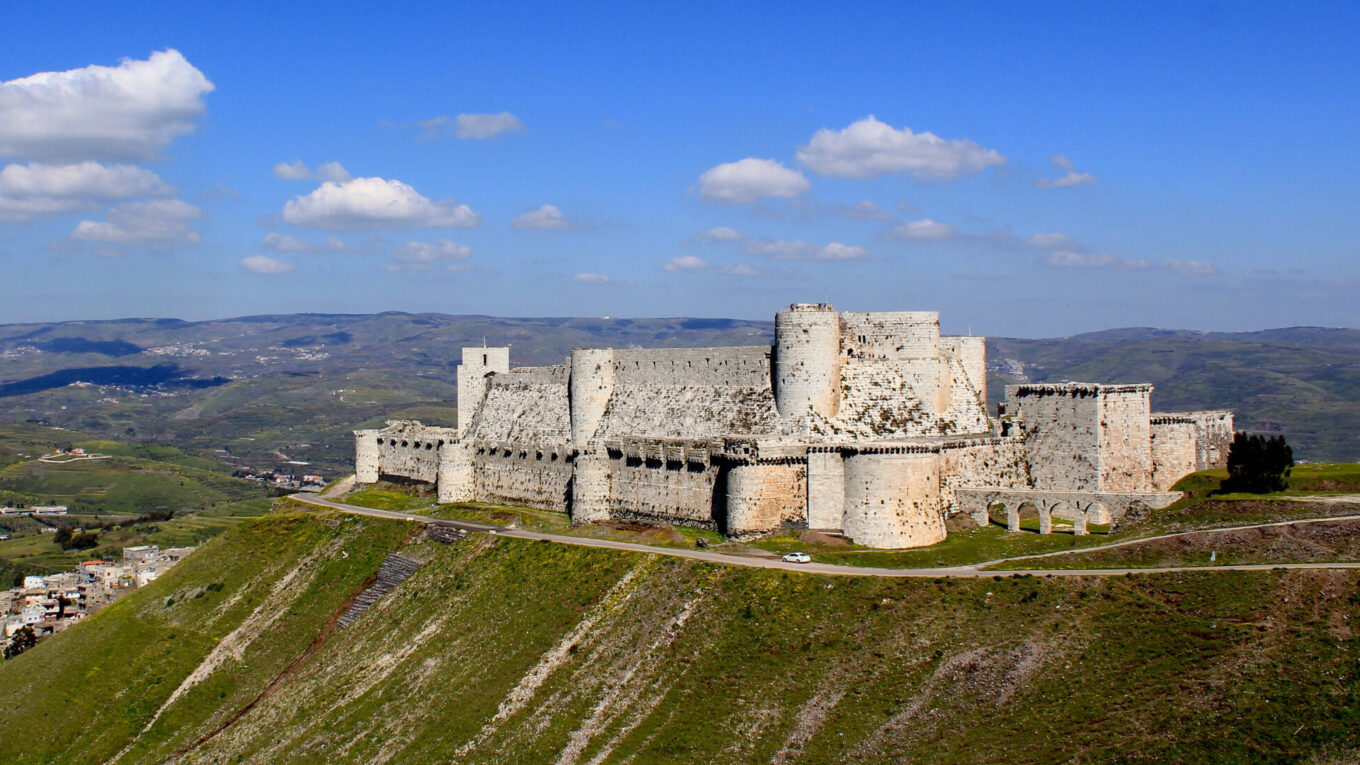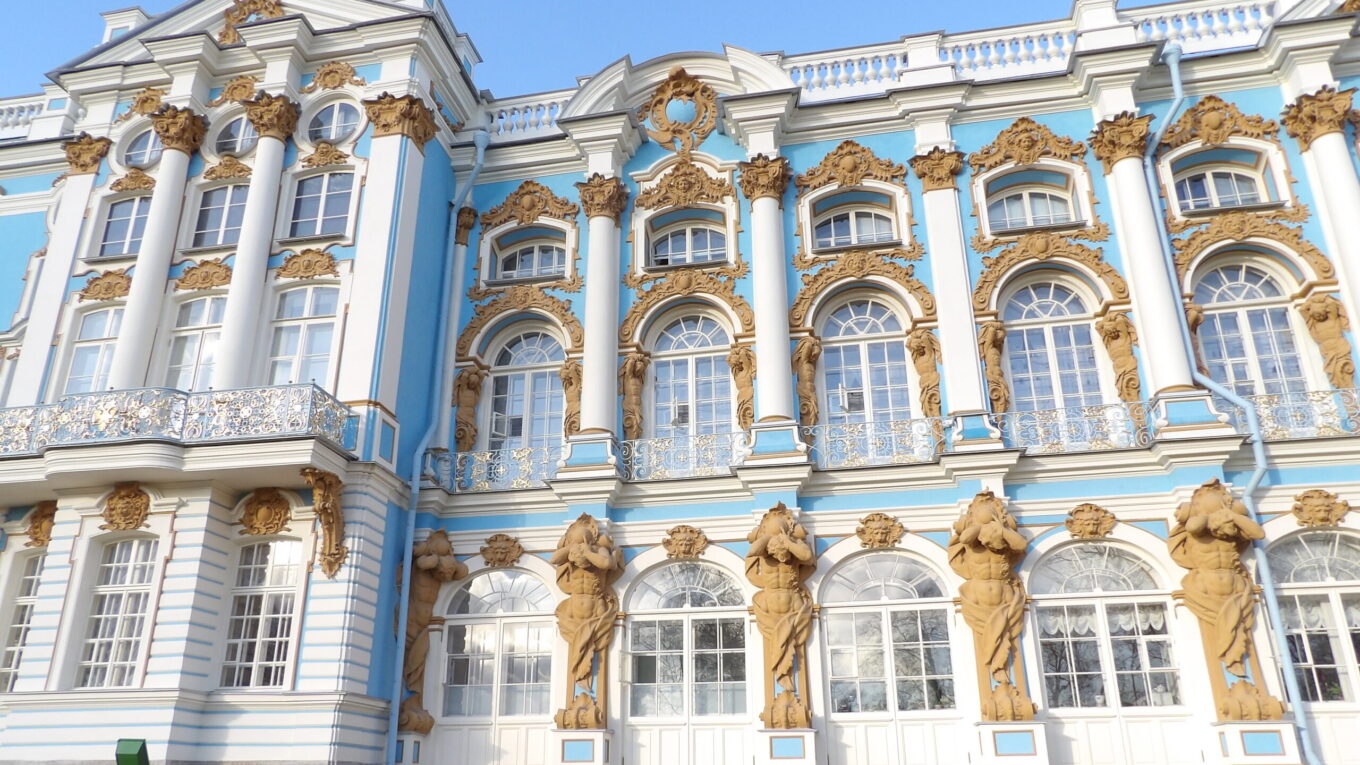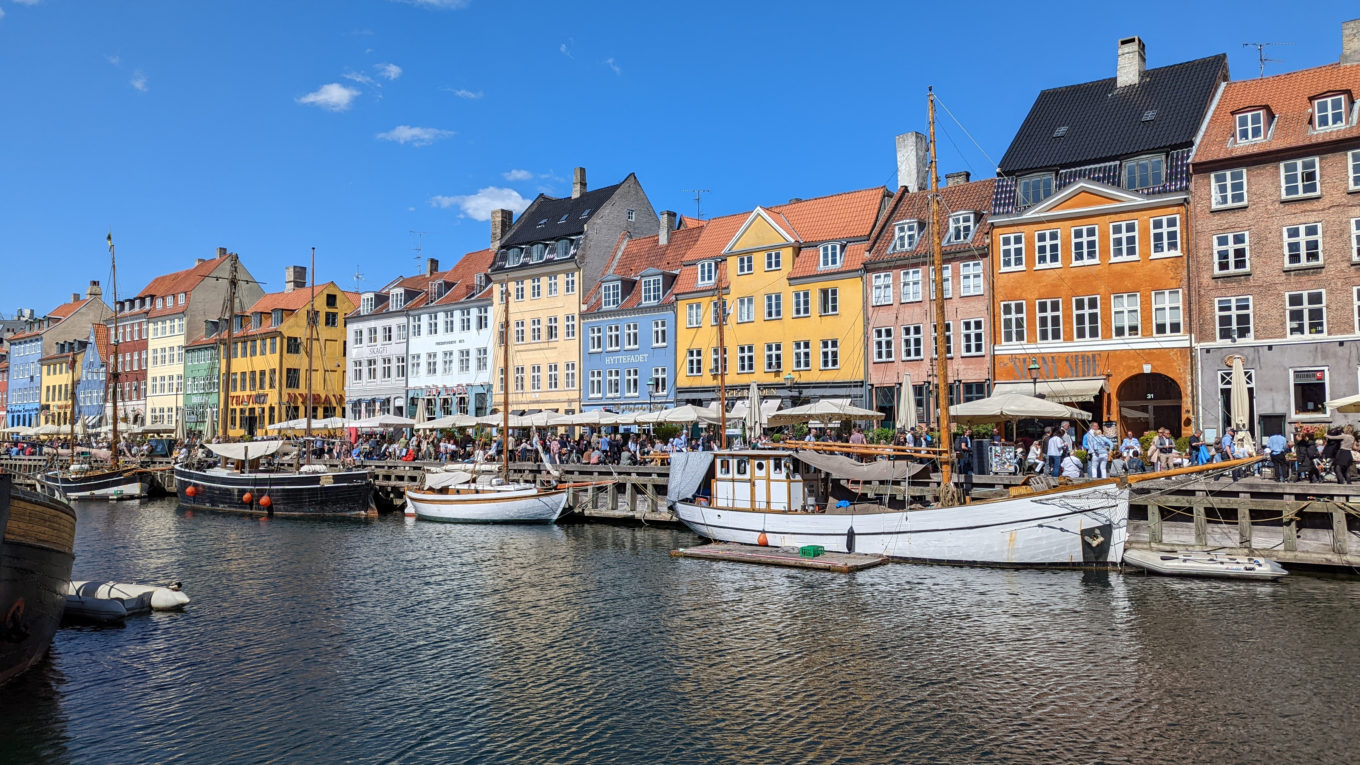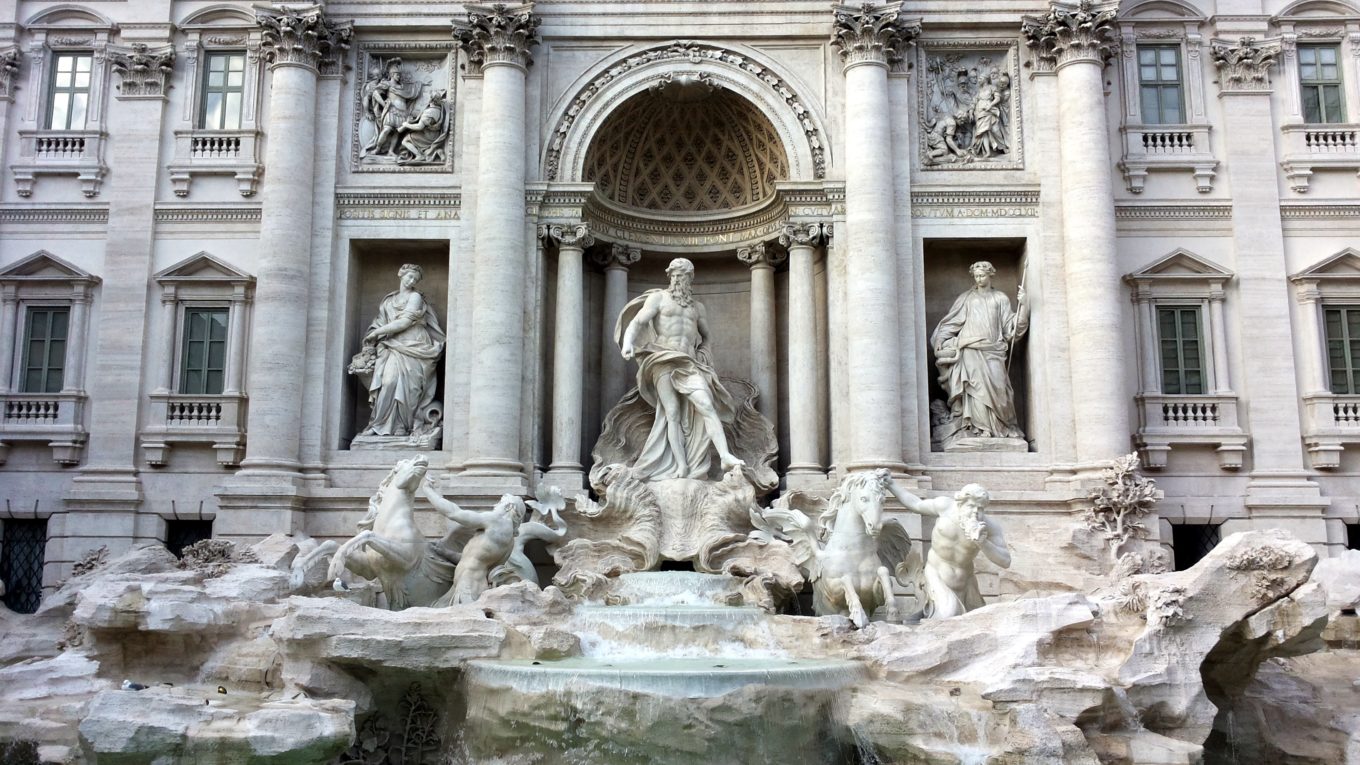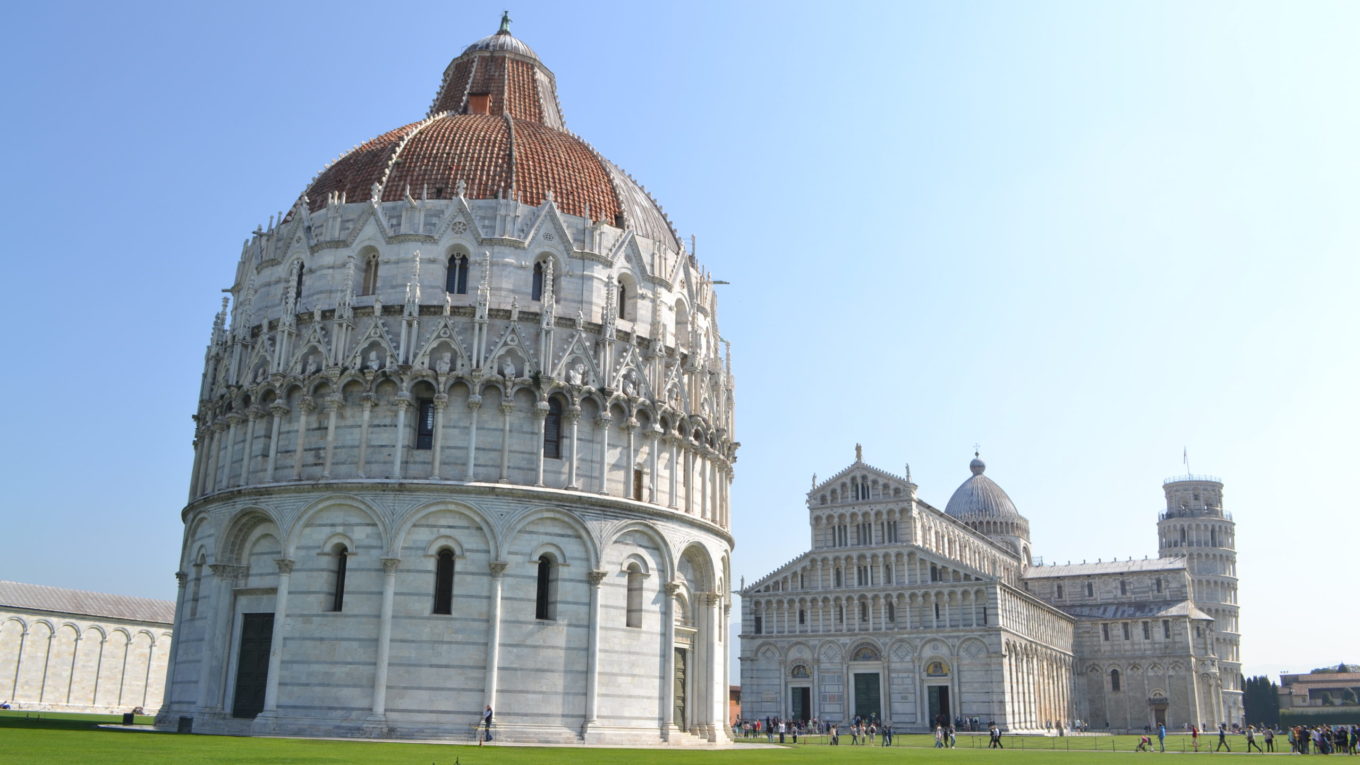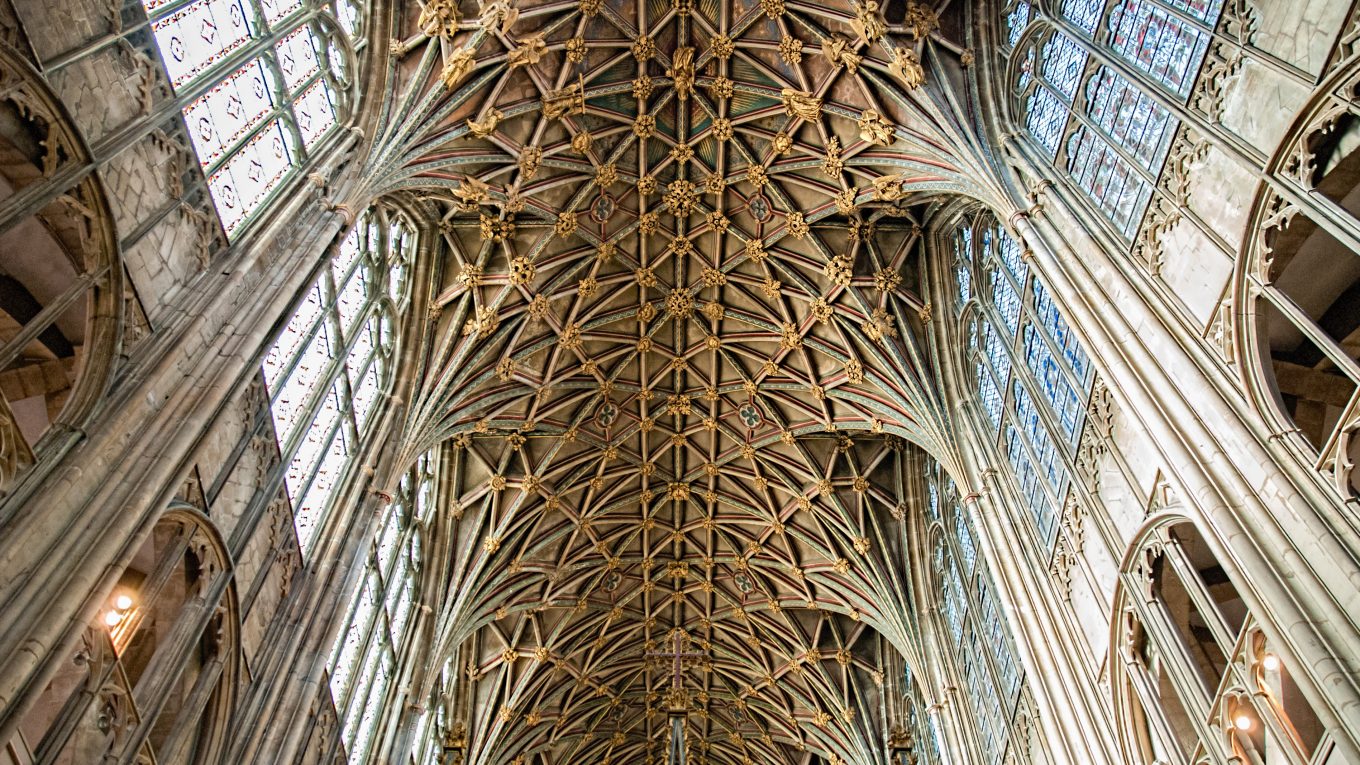The Top 6 Examples of Second Empire Architecture
The Second Empire Style was an architectural style that became popular in the late 19th century. The term “Second Empire” references the French Second Empire, the state that controlled France and its colonial territories during the late 1800s. Second Empire Architecture was mainly utilized in Western Europe and North America, but can also be found all over the world.
Read More
